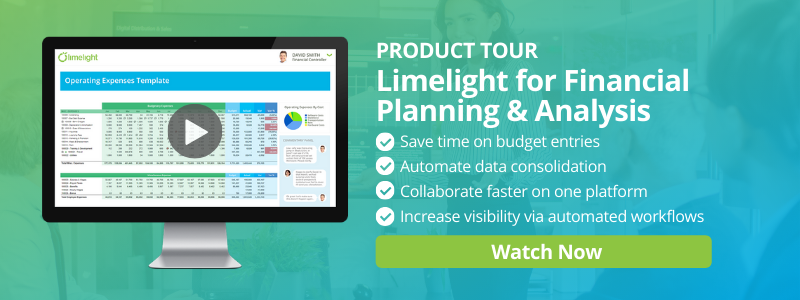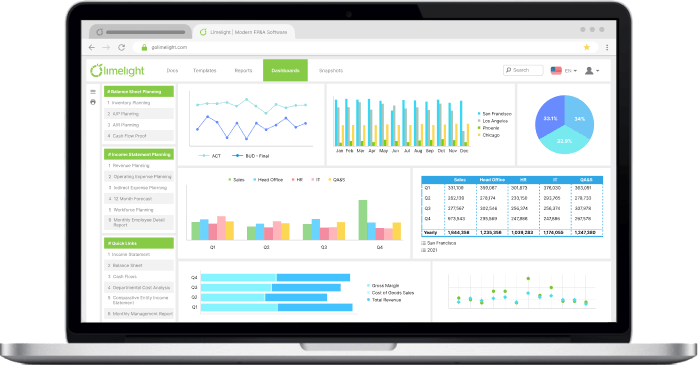Microsoft Excel has been a useful and practical—if occasionally frustrating—tool for budgeting, financial planning, forecasting, data analysis and visualization and more for over three decades.
Three decades! That’s before email. Before the Internet. Before everyone had a cell phone, let alone a smartphone.
But Excel’s continued use has led many organizations to debate whether it’s time to replace or embrace Excel as their platform of choice.
Why It May be Time to Replace Excel
Given the rapid state of digital technology evolution, it's easy to imagine there are better tools available for financial planning and management now than one that planted its roots in the original Macintosh computer in 1985.
Today’s modern businesses move faster than those of old. Their employees don’t use workstations in cubicles and stick to their job for decades. They’re on the go, and company turnover is high.
That leads financial leaders to explore modern financial planning solutions with features that Excel remains poor at:
• Enhanced security and permissions
• Version control
• Improved workflows and collaboration
• Consolidating information across multiple tabs and workbooks
Replacing Excel is a Difficult Choice to Make
When a tool is as powerful and effective as Excel, people and businesses come to rely on it and even when alternatives are presented, they're extremely reticent to make a change, for any number of logical reasons:
• Fear of incompatibility with existing data
• New licensing costs
• Massive costs, both in dollars and lost hours, to re-train current staff
• Investment in training all new hires
Those factors lead many businesses to stick with the same old even when better options present themselves. If often appears to come down to a black-and-white outcome.
But a complete change isn't necessarily required.
Make the Most of Your In-House Knowledge and Embrace Excel
Today's smart businesses find a way to leverage their existing in-house knowledge with best-of-class tools. A financial management platform that embeds Excel functionality within a modern, cloud-connected user interface can provide the best of both worlds.
Imagine putting the decades of Excel experience ingrained in your team to use with the following features:
• Multiple secure access levels
• Single-source data and real-time consolidation
• Cloud connectivity with version control
• Easy-to-use collaboration features including commenting
• Streamlined, intuitive user interface
That’s the approach we believe in at Appvine.
Limelight is a modern, cloud-based financial management platform that embeds Excel directly within its interface.
You get to put your embedded Excel knowledge to better use by combining it with a tool that offers better collaboration features, full cloud connectivity with version control, and a simple, easy-to-learn user interface.
Is your company at an Excel crossroads? I’d love to hear what your thought processes are when it comes to replacing or embracing Excel!
And if you’re leaning towards “embracing,” we’re happy to help you determine whether or not Limelight by Appvine is the right solution for your business.








.png?width=381&height=235&name=linkedinreal%20(27).png)
